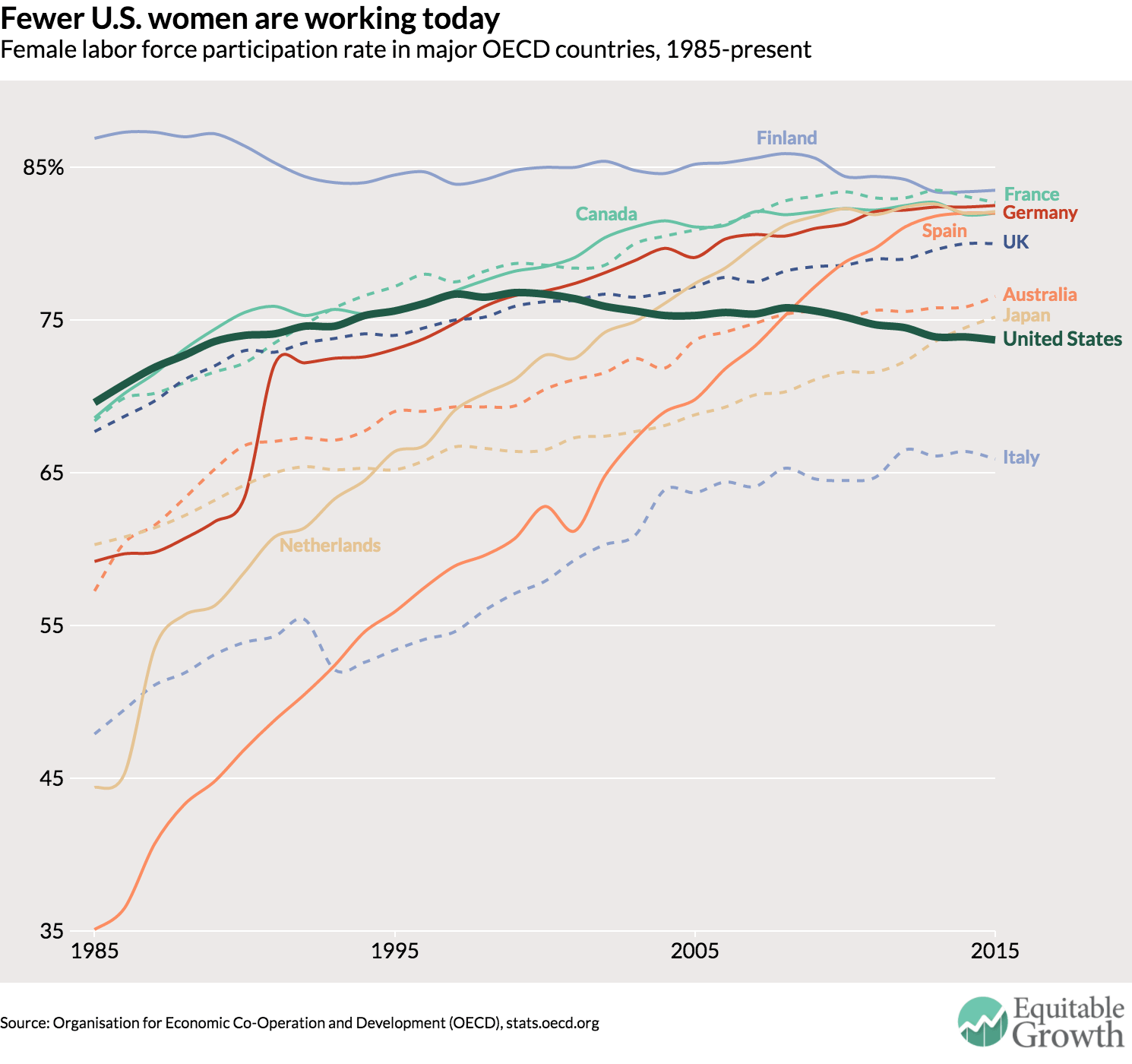Must-Read: Cosma Shalizi: Ernest Gellner, 1925-1995: “Most of these themes themselves revolve around the ‘great hump’ or ‘great ditch’, which divides the modern world from pre-modern civilizations…
…On the far side… from us lies Agraria, a realm of “agro-literate polities” subject to “the tyranny of kings or cousins (or both)”, consisting mostly of highly isolated, custom-bound, illiterate rural producers with magical, ritualistic, socially-oriented religions, dominated and exploited by “the red and the black,” expert coercers and literate classes practicing various technically ineffective, self-confirming, meaningful or enchanted forms of cognition, which tended more towards universalism, rule-boundedness and scripturalism than did the folk-cults. Those of us on this side of the ditch have “escaped from the idiocy of rural life”… through a lucky accident, a “miracle”… in an otherwise none-too-promising penninsula of Asia, circumstances conspired to bring forth a kind of cognition which was cumulative, technically effective, and of no value as either a social cement or an emotional comfort–science, and the epistemologies descended from Descartes (in Gellner’s view, much better as charters for science, and prescriptive accounts of how to go about it, than as descriptions of how the world works or how messy human beings actually think)….
Combined with classes of people… more interested in producing wealth than in either theological or political disputes, and polities…. in exchange for tax[es that] were willing to let them alone… production became dominant… eventually buying off the population at large…. Socially, these societies are (at least relative to their predecessors) liberal, permissive, rich, powerful, secularized, engaged in “single-stranded” activities (e.g., in buying food we worry about taste and cost, not marriage alliances or the need not to alienate our grocer lest he not stand with us in the next feud), peaceful, atomized, economically unstable and culturally homogenous. The last two, economic change and cultural homogeneity, are, Gellner claims, connected, and together give rise to nationalism: his theory of how this happens is brilliant, innovative and convincing….
There’s more, of course… thoughts on how to get beliefs to spread without their passing proper tests of cognitive legitimacy… the effects of crossing the ditch on the former “artisans of cognition”… the “Rubber Cage” of advanced industrialism, where rationality in science and production co-exists with exuberant nonsense in the rest of life… Ibn Khaldun… society; why contemporary Islamic societies are not secularizing; the problems with… Popper, Quine…. I’d recommend starting with… Plough, Sword, and Book, and Nations and Nationalism.


